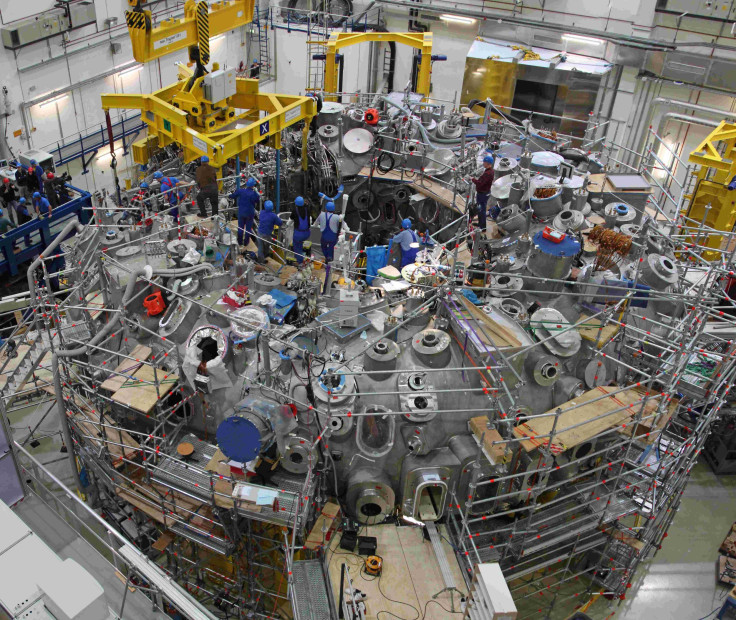Nuclear Fusion: Germany’s Wendelstein 7-X ‘Stellarator’ Is Operating As Expected

If there is a holy grail of humankind’s quest for clean and limitless energy, it is to replicate the process that has been powering our sun for the past 4.5 billion years. Unlike nuclear fission — the process that powers our current nuclear facilities — fusion generates energy by fusing the nuclei of lighter atoms into heavier ones, and produces no long-term radioactive waste.
However, we are yet to overcome a key hurdle in the creation of viable nuclear fusion reactors — stabilizing dense and superhot plasma containing the nuclei of lighter atoms in a way that is viable in the long run.
Currently, the approach toward testing the viability of nuclear fusion involves using either a tokamak or a stellarator. A tokamak — one of which is currently being tested by researchers at the Massachusetts Institute of Technology’s Plasma Science and Fusion Center — is a doughnut-shaped device that can contain high-energy plasma using two-dimensional magnetic fields created by a ring of magnets. On the other hand, the stellarator — whose design is still largely untested — performs the same function using twisted, 3D magnetic fields.
The world’s largest stellarator is currently being operated by the Max Planck Institute for Plasma Physics in Germany, and researchers have now revealed that the extraordinarily complex device is functioning as expected.
In a study published in the latest edition of the journal Nature Communications, researchers working on the proof-of-concept stellarator, named Wendelstein 7-X, said that the experimental device is working with “unprecedented accuracy.”
“The carefully tailored topology of nested magnetic surfaces needed for good confinement is realized, and that the measured deviations are smaller than one part in 100,000,” the researchers wrote in the study. “This is a significant step forward in stellarator research, since it shows that the complicated and delicate magnetic topology can be created and verified with the required accuracy.”
Although the stellarator is still not capable enough to generate more energy that it needs to run — and is unlikely to become more efficient anytime soon — proving the viability of the design can help scientists perfect a template that may one day be used to design viable reactors.
“Wendelstein 7-X has just started operation, with the aim to show that the earlier weaknesses of this concept have been addressed successfully, and that the intrinsic advantages of the concept persist,” the researchers explained in the study.
© Copyright IBTimes 2024. All rights reserved.












